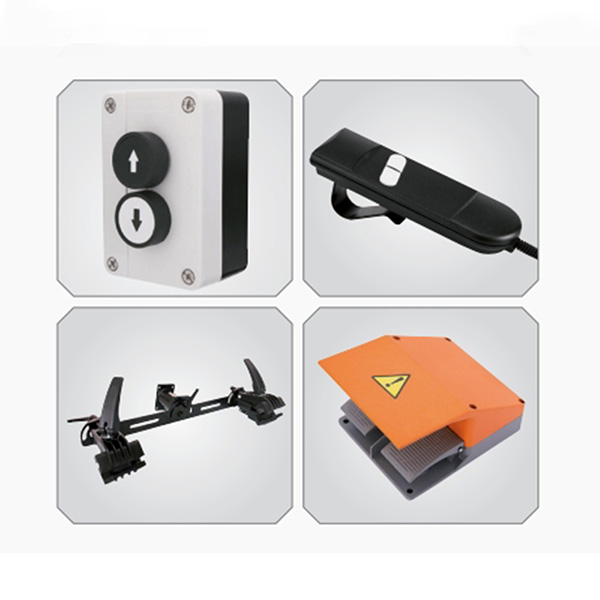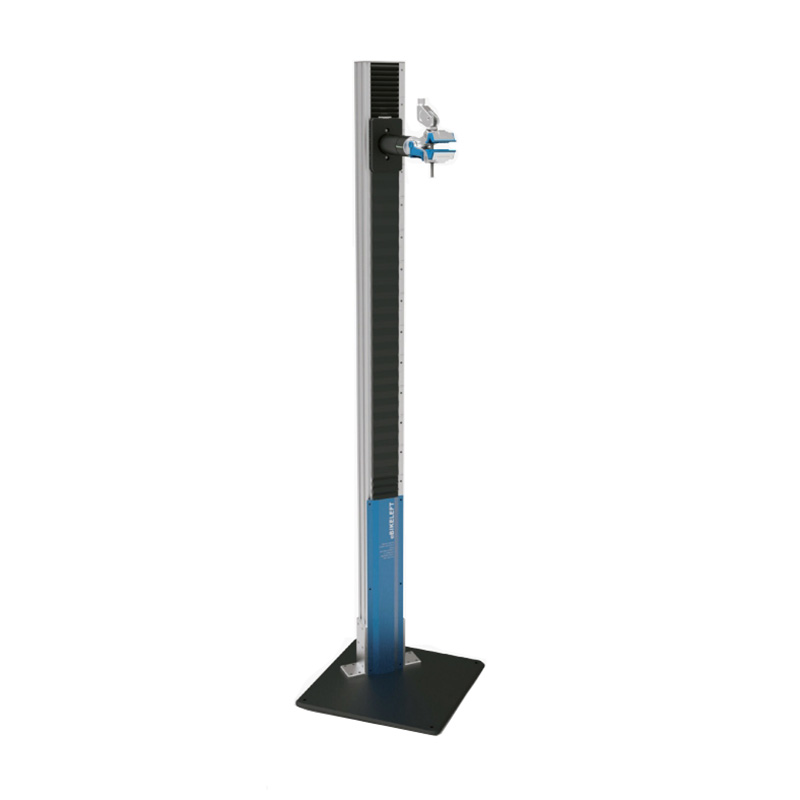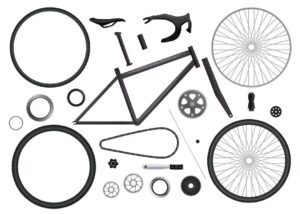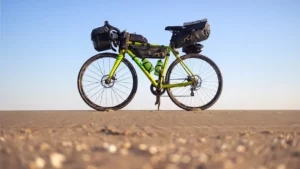Wondering how to lift a heavy bike effectively and safely? Lifting a heavy bike can be a challenge without the right techniques and tools. Whether you’re preparing for maintenance, storage, or transport, mastering proper lifting methods is essential.

When Should You Lift a Bike?
Wondering about the scenarios that might require you to lift your bike? Here are some common situations where lifting your bike becomes necessary:
- Loading onto a Bike Rack: When you need to transport your bike using a vehicle with a bike rack, lifting it onto the rack is essential. This typically requires lifting the bike to chest height or higher, depending on the rack’s position.
- Flat Tire Repair: Whether you’re on the road or at home, fixing a flat tire often necessitates lifting the bike to remove the wheel. This allows you to access and replace the inner tube or tire without the bike resting on the ground.
- Routine Maintenance: Performing routine maintenance tasks such as cleaning, lubricating the chain, adjusting brakes, or checking the drivetrain often requires lifting the bike onto a work stand. This elevation makes it easier to access different parts of the bike for thorough maintenance.
- Storing or Parking: Storing your bike vertically to save space or parking it in a designated bike rack often requires lifting it into position. This ensures the bike is secure and out of the way when not in use.
- Overcoming Obstacles: In urban or off-road environments, you may encounter obstacles like curbs, stairs, or rough terrain that require lifting the bike to navigate safely. This is especially common in city commuting or mountain biking scenarios.
- Transporting Upstairs: If you live in an apartment or need to store your bike on an upper level, lifting it upstairs or onto an elevator may be necessary.
- Replacing Components: Upgrading or replacing bike components such as pedals, سرج, or handlebars often involves lifting the bike to remove and install these parts correctly.
Methods for Lifting a Heavy Bike
When it comes to lifting a heavy bike, there are primarily two methods you can employ: manual lifting techniques and using ramps and stands. Each method has its advantages depending on the situation you find yourself in.
- Manual Lifting Techniques: It involves using your own strength and body mechanics to lift the bike. This method is versatile and can be used almost anywhere, making it essential knowledge for all cyclists who may find themselves without specialized equipment.
- Using Ramps and Stands: They provide mechanical assistance for lifting bikes, particularly heavier models like electric bikes (e-bikes). These tools make lifting easier and safer by reducing the risk of injury or damage to the bike.
What Should You Do Before Lifting a Heavy Bike?
Before attempting to lift a heavy bike, it’s crucial to take certain preparatory steps to ensure your safety and the protection of your bike. This includes following safety precautions, gathering necessary equipment, and in some cases, choosing the right e-bike electric lift for more effortless handling.
Safety Precautions
Safety should always come first when lifting a heavy bike. This involves wearing appropriate clothing and footwear, clearing your workspace of obstacles, and ensuring you have adequate space to maneuver.
Necessary Equipment
Having the right tools can significantly ease the lifting process. Essential equipment includes gloves for grip, bike-specific stands or ramps, and potentially an e-bike electric lift for enhanced convenience.
For owners of heavier electric bikes, investing in an e-bike electric lift like SHINE SOON TP-930074 can be a game-changer. These lifts are designed to handle the weight and dimensions of bikes safely and efficiently, reducing strain on the user and minimizing the risk of accidents.


How to Lift a Heavy Bike with a Stand: Step-by-Step Guide
Lifting a heavy bike using a stand can greatly simplify the process, providing stability and control. Here’s a detailed, step-by-step guide to ensure you lift your bike safely and efficiently:
Assess the Weight and Balance
Begin by evaluating the bike’s weight and balance. Check the weight distribution to understand the bike’s center of gravity. For electric bikes, the battery’s weight can significantly affect balance, so consider this factor. This assessment helps in determining the right lifting technique and ensures you handle the bike without causing strain or tipping over.
Position Yourself Correctly
Stand with your feet shoulder-width apart for a stable base. Position yourself facing the bike, ensuring you have a clear line of sight to all components. Bend your knees slightly and keep your back straight to maintain a natural, ergonomic posture. This stance will enhance your lifting power while reducing the risk of injury.
Utilize the Ebike Electric Lift
An e-bike electric lift is an invaluable tool for lifting heavy bikes. Here’s how to set it up:
- Set Up the Lift: Place the lift on a flat, stable surface. Adjust the lift’s height to align with the bike’s frame. Ensure all locking mechanisms are secure and that the lift’s base is stable to prevent tipping.
- Secure the Bike: Position the bike on the lift’s platform, ensuring it is centered and balanced. Use straps or clamps, if available, to secure the bike firmly to the lift. This prevents any movement or slipping during the lifting process.
- Lift the Bike: Activate the lift mechanism according to the manufacturer’s instructions. Slowly raise the lift, maintaining a steady pace to avoid jerking movements. Keep a firm grip on the bike’s handlebars or frame to guide it smoothly as it lifts.
خاتمة
The right way to lift a heavy bike is crucial for any cyclist. Whether you’re using manual techniques or specialized equipment like ramps and stands, knowing how to lift a heavy bike ensures safety and ease. By following the steps outlined in this guide, you’ll be equipped to lift your bike confidently and efficiently. Always prioritize safety, use proper equipment, and enjoy the convenience of a well-maintained and maneuverable bike.

















